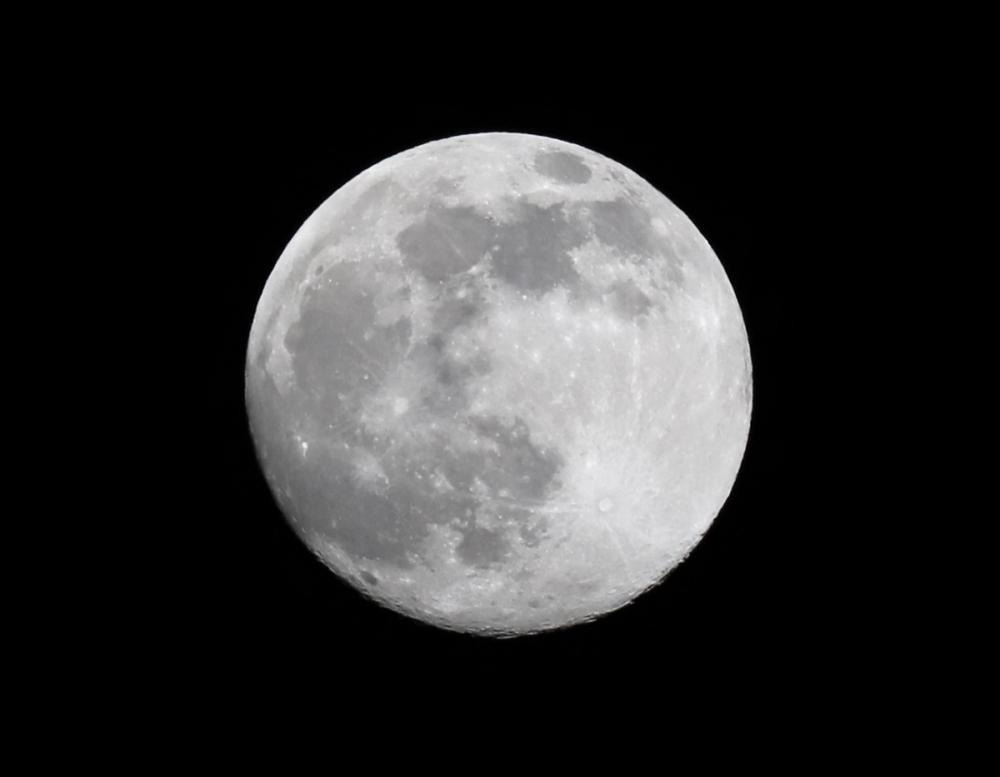search
date/time
 | Cumbria Times A Voice of the Free Press |

Jan Harris
Deputy Group Editor
1:00 AM 20th April 2024
nature
Celebrate Spring With The Pink Moon
.jpg)
Image by 12222786 from Pixabay
Regardless of its name April's full moon will not actually appear pink. The moon never truly changes its colour and whatever shift of hue is visible at night is caused by atmospheric effects.

Image by Hans from Pixabay
April's full moon is called the pink moon heralding the appearance of the 'moss pink' or wild ground phlox - one of the first spring wild flowers which turn the meadows pink. Spiritually the pink moon always signifies renewal and rebirth.
Other names for April’s full moon include the Sprouting Grass Moon, the Egg Moon and the Fish Moon.
Wolf Moon - 25 January
Snow Moon - 24 February
Worm Moon - 25 March
Pink Moon - 23 April
Flower Moon - 23 May
Strawberry Moon - 22 June
Buck Moon - 21 July
Sturgeon Moon - 19 August (Blue Moon)
Harvest Moon - 18 September (supermoon)
Hunter’s Moon - 17 October
Beaver Moon - 15 November
Cold Moon - 15 December
Why the Paschal full moon?
The Paschal full moon is the first full moon after the spring equinox and determines the date of Easter. This full moon can sometimes be in March or April. Easter in 2024 was celebrated on Sunday 31 March.
‘Paschal’ comes from Pascha, the Greek and Latin word for Passover.
In 2024 Easter and Passover are on different dates. Easter is calculated based on the Christian liturgical calendar tied to the first Sunday following the first full moon after the vernal equinox. Passover, on the other hand, is determined by the Jewish calendar, which is also lunar-based.
Passover always begins on the 15th day of the Hebrew month of Nisan. Since the Hebrew calendar is largely lunar-based, Passover is celebrated in 2024 on Monday, April 22. That's the date of the fourth full moon of the year, the Pink Moon. The Sunday after Passover is May 5.
A full moon in April can bring frost. If the moon rises pale then expect rain.
The moon's diameter is 2,160 miles
The sun and moon are not the same size
The moon is a lot smaller than the sun
The moon's surface is dark
The moon has quakes
There is water on the moon
The moon has a very thin atmosphere
A person would weigh less on the moon
The dark side of the moon is a myth
We only see the near side of the moon, the other side is the far side
Earth's moon is only place beyond earth where humans have set foot. 12 people have been on the moon.
How did the moon names originate?

photo by Robert Harris
Many of these ancient moon names have been given based on the behaviour of the plants, animals, or weather during that month.
It is said that they were the names given by Native American tribes and included into our modern calendar. However the full moon names we now use also have Anglo-Saxon and Germanic roots.
Different types of moons
Blue Moon – when a full moon occurs twice in the same month
Harvest Moon – this is around the autumnal equinox when farmers do most of their harvesting
Supermoon – Supermoons are said to appear 14% bigger and 30% brighter than usual.
Blood Moon – occurs during a total lunar eclipse
Blue Moon – when a full moon occurs twice in the same month
Harvest Moon – this is around the autumnal equinox when farmers do most of their harvesting
Supermoon – Supermoons are said to appear 14% bigger and 30% brighter than usual.
Blood Moon – occurs during a total lunar eclipse
Why a full moon?
Full moons occur every 29.5 days or so as the moon moves to the side of Earth directly opposite the sun, reflecting the sun's rays off its full face and appearing as a brilliant, perfectly circular disk.
.jpg)
Image by Syaibatul Hamdi from Pixabay
There are many reasons as to why this is, but the main theory is that when the moon is low on the horizon it can be compared to earthly things, like buildings and trees, and this is why it seems huge.
Tips for seeing a full moon
Moons rise in the east and set in the west
If viewing from inside your house it is best to turn off lights so as to view the night sky
If outside it is best to go somewhere high so you can see the moon rise above the horizon
Viewing outside is the best and away from street lights and light pollution
Moons rise in the east and set in the west
If viewing from inside your house it is best to turn off lights so as to view the night sky
If outside it is best to go somewhere high so you can see the moon rise above the horizon
Viewing outside is the best and away from street lights and light pollution
The next full moon will rise on Thursday 23 May and is the Flower Moon.